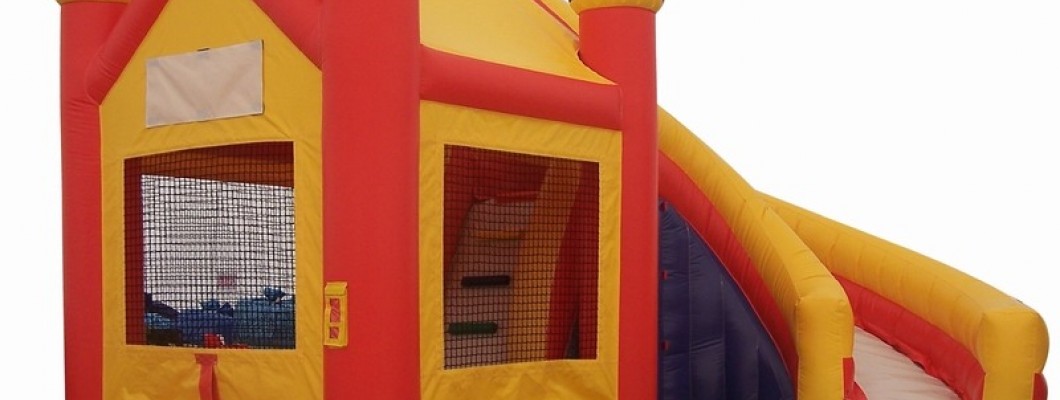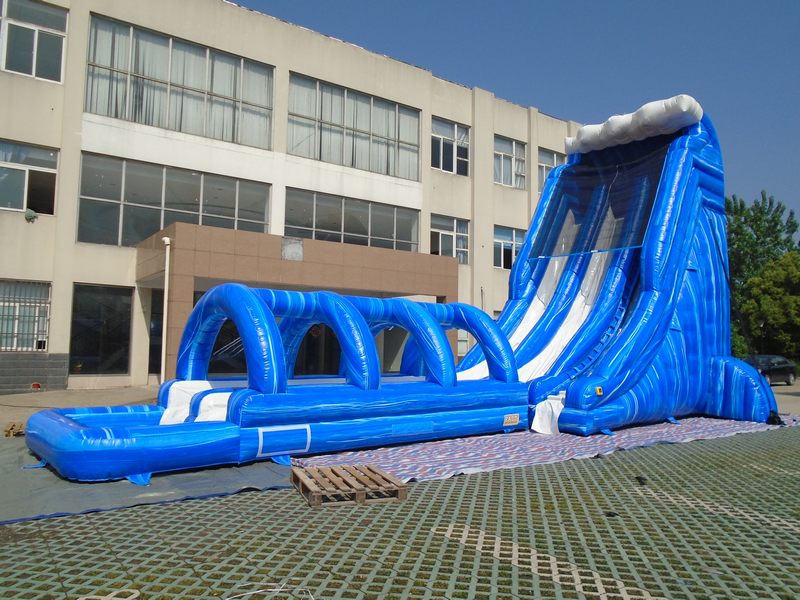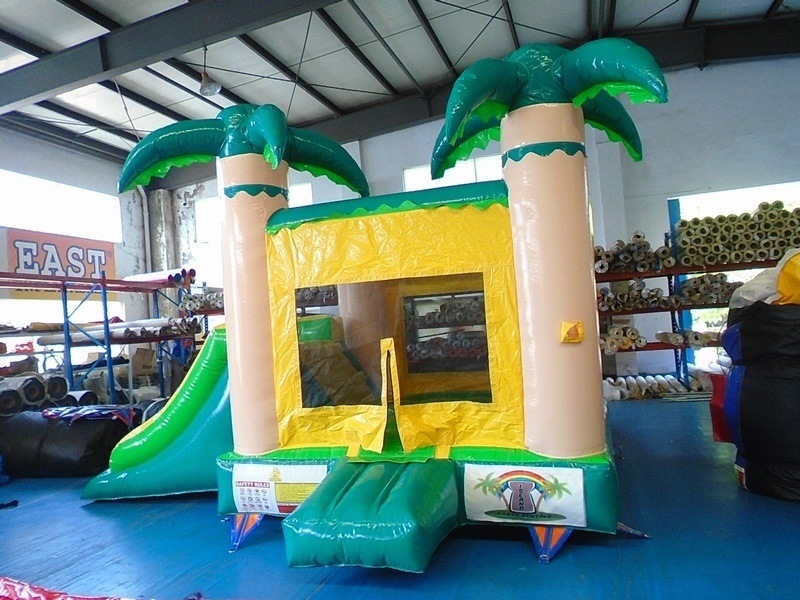
When it comes to inflatable attractions for children, safety is always a top concern. Both inflatable water slides and bounce houses offer fun experiences, but how do they compare in terms of safety? Here’s a closer look at both options:
1. Types of Injuries
The types of injuries that can occur on inflatable water slides and bounce houses can differ:
- Water Slides: Common injuries may include slips, falls, and minor abrasions from the slide surface. Because water slides often involve speed, there is a risk of landing awkwardly or colliding with others.
- Bounce Houses: Injuries are often related to falls, collisions, or overexertion, such as sprains or strains, particularly if the inflatable becomes unstable due to excessive weight or rough play.
2. Surface Considerations
Inflatable water slides are usually wet, which can help cushion falls. However, wet surfaces can also become slippery, increasing the risk of slips and falls. In contrast, bounce houses typically have a dry surface, which may be more stable but can lead to higher impact injuries if a child falls.
3. Supervision and Safety Rules
Regardless of the inflatable type, proper supervision and adherence to safety rules are essential. Children should be monitored closely, and specific rules should be established, such as:
- Limiting the number of users based on size and age.
- Enforcing safe play, such as no running or roughhousing.
- Ensuring that children understand how to use the equipment safely.

4. Age Appropriateness
Water slides may be more suitable for older children who can handle the speed and excitement, while bounce houses can cater to younger children, providing a safer option for less experienced jumpers.
5. Environmental Factors
Weather conditions can also affect safety. Wet weather can make both inflatables hazardous, while extreme heat can lead to overheating in children using water slides. Always ensure that the area is safe and that children are supervised based on the conditions.
Conclusion
In conclusion, neither inflatable water slides nor bounce houses are inherently safer than the other; safety largely depends on usage, supervision, and adherence to safety guidelines. Parents and supervisors should evaluate the specific inflatable, monitor play closely, and enforce safety rules to provide a fun and secure experience for all children involved.

